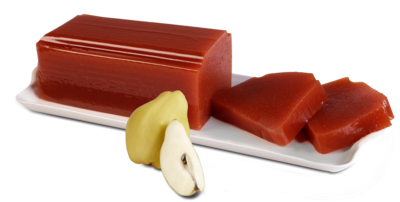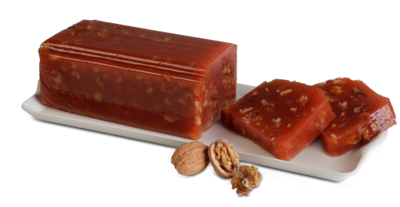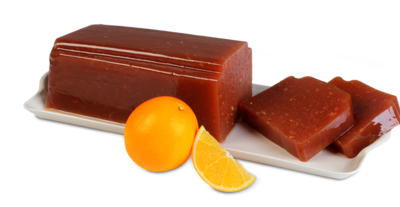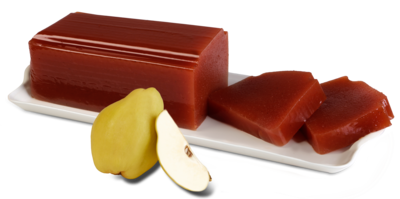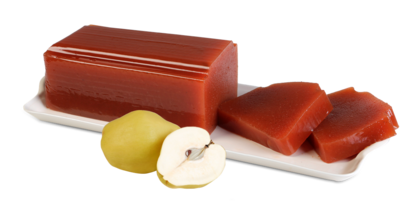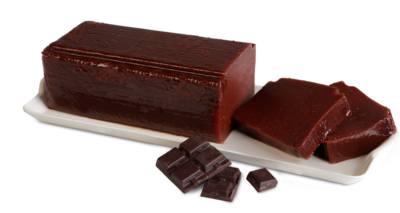Quince
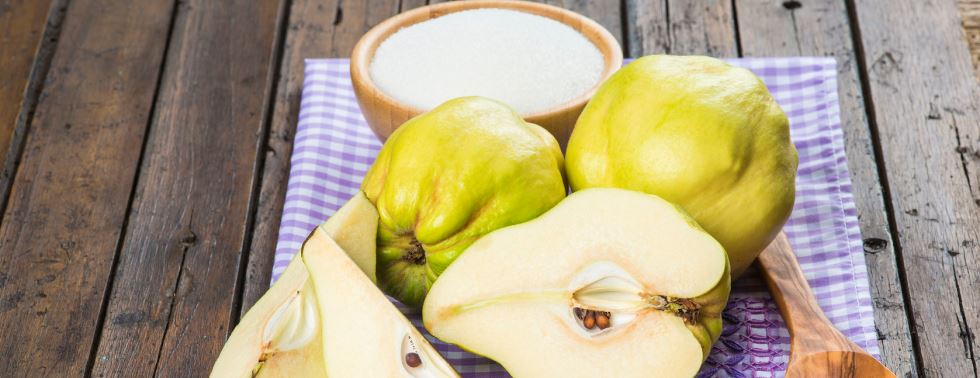
The Quince Tree
The quince is the fruit of the quince tree, a small to medium size tree from the family Rosaceae and the only member of the genus Cydonia. This tree grows in cold and temperate climates and is native to the Caucasus region in southwest Asia. It came to Spain from Greece and was then exported to America. Quince flowers appear in the spring after the leaves begin to appear, and are white with hints of red.
Quince flowers appear in the spring after the leaves begin to appear, and are white with hints of red.
Quince ripening and harvesting
The quince is a fleshy fruit that is bright golden yellow when ripe and green when immature. Quince is harvested between late September and December. When the fruit is mature, it gives off a strong, aromatic odor and sheds the hairs that protect the fruit while it forms. When harvesting quince, you must be careful not to hit the fruits. The fruit should be harvested when they are dry.
Selecting the quince and preserving it
When buying quince, you should choose fruits that have yellow skin with no bruising. If the quince has blotchy skin, this means they are ripe and should be consumed immediately. Once collected, quince fruit remains ripe for two to three months. For this reason, buying green quince is recommended so it can ripen at room temperature. One method to keep the quince ripe is to individually wrap the fruits in paper and store them in the refrigerator. This method will keep them ripe for about three weeks. The quince is a fruit that can be frozen; however, you must peel, clean, and cut the fruit and sprinkle it with lemon juice so it does not turn brown.
Uses for quince in cooking
Quince has a rough texture and a sour taste, so you cannot consume it in its natural state. There are a wide variety of preparation methods for this fruit due to its aroma. One popular method is to make quince jelly products, which are created from an equal mixture of quince pulp and sugar. This preparation has its roots in the Sephardic cuisine and is commonly consumed with fresh cheese or nuts.
Another culinary uses for quince include quince jams, preserves, and jellies. Pectin, a natural fiber in the fruit’s cell walls, provides greater consistency to these productions without the need to use additional thickening ingredients.
Quince is also used to accompany meat dishes, fish, and salads, as well as sweets, pastries, and cakes. In Spain, a typical quince product is Codony aioli. This product was created to take advantage of quince production, which was well suited to the cold temperatures of the mountains. Codony aioli is usually eaten spread on slices of bread or toast, or as an accompaniment to meat, white fish, rice dishes, and pasta.
International dishes including quince include the famous quince tagine, a North African dish; French Cotignac , a colored quince jelly; the Argentina pastafrolas , a type of cake; and quince paste, which is used in English desserts.
Contact
For more information about our products or if you would like to consult us about a specific
issue, you may contact us by:
Contact
Telephone
(+34) 938 994 821
(+34) 938 994 821
Email
valliser@valliser.com
valliser@valliser.com
Where are we?
C/ Pujada de Bellver, 20 bis ,
08735 - Vilobí del Penedès
Barcelona
C/ Pujada de Bellver, 20 bis ,
08735 - Vilobí del Penedès
Barcelona
Thank you for contacting Valliser .
Your message has been sent. We will reply as soon as possible.
Your message has been sent. We will reply as soon as possible.


